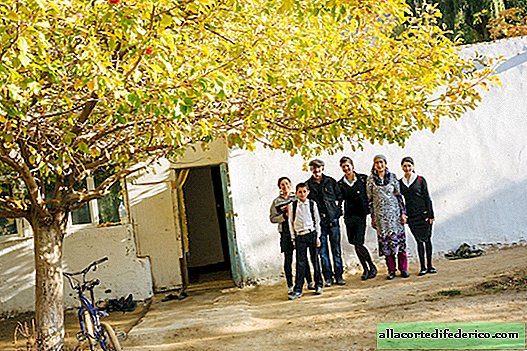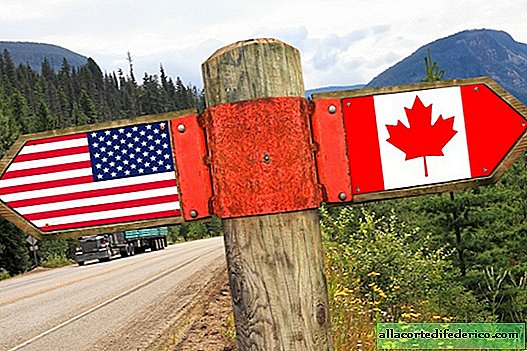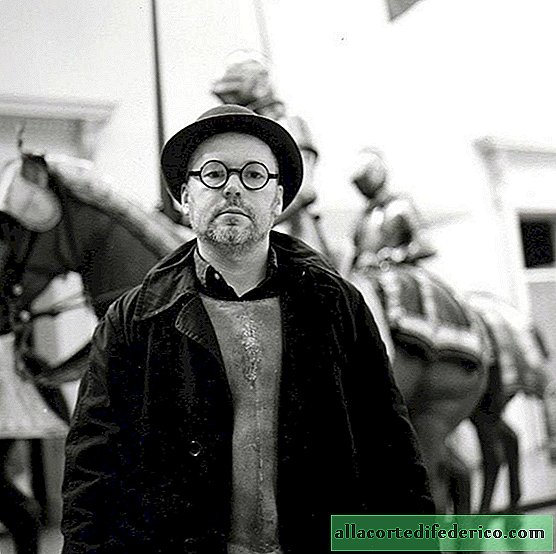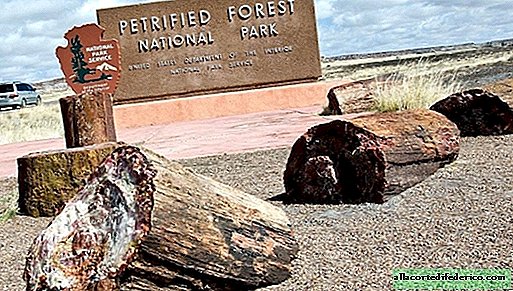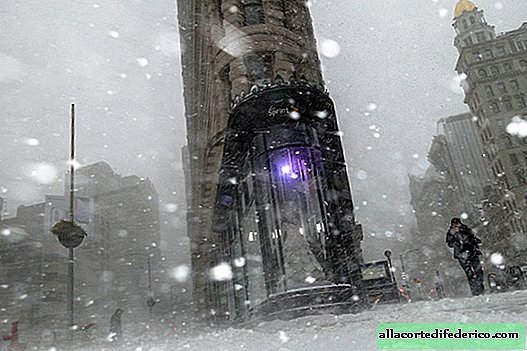Why it is forbidden to grow blackcurrant in some states of the USA
Blackcurrant is a popular, and most importantly very useful ingredient that is present in various confectionery products, yoghurts and cottage cheese desserts. Most of us have known the taste of this berry since childhood, but the inhabitants of the USA, alas, were deprived of the opportunity to enjoy freshly picked berries throughout the 20th century. The reason is the official ban on growing blackcurrant in this country, which was lifted only in 2003, but not even in all states. Americans had to be content with currants brought from afar or enjoy it in jams and desserts. A similar situation led to the fact that entire generations of American citizens could not imagine what blackcurrants look like and what the taste of its fresh berries looks like. But why didn’t the American favorite, the favorite berry, please?
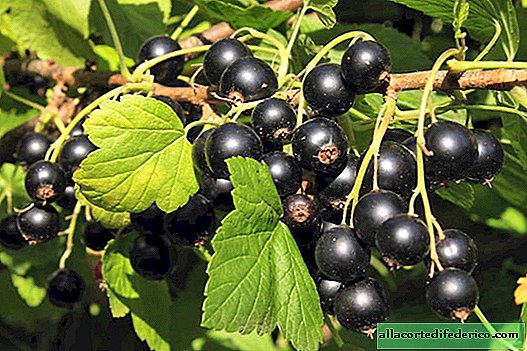
At the beginning of the last century, cases of the spread of a dangerous fungal disease began to be noted in pine forests in the United States. Huge areas with valuable white weymouth pines stunted and withered in the bud, and loggers calculated losses. Foresters and scientists began to find out the causes of the epidemic, and it turned out that the fungus, which spends part of life on plants of the genus Ribes, and then settles on conifers, is to blame. Famous blackcurrants, gooseberries and many other wild and cultivated species belong to this genus. Blackcurrant, and at the same time its relatives, both wild and cultured, were immediately outlawed, and a real war broke out against them. The government banned the cultivation of shrubs, and thousands of fighters with currants combed coniferous forests in search of the hated enemies of pines.

It is worth noting that wild species of the genus Ribes are widespread not only in North America, but also in Eurasia. At the same time, blackcurrant growing in Siberia is also a carrier of a dangerous fungus, but Siberian species of conifers were able to develop immunity against it, which the North American failed.
As most experts believe, the huge amounts allocated to currant control in American forests were wasted in the end. Shrubs stubbornly did not want to give up, and cutting down and even fires organized in epidemic places did not destroy the living plant - the next year new young shoots of blackcurrant made their way through the fallen leaves.

While the ban on blackcurrant was in effect, the Americans found a replacement for it in the form of golden currants. This berry also grows on bushes and gives black-brown fruits similar in taste, only the plant itself is not a carrier of a dangerous disease, and therefore does not pose a threat to pines.
After some time, the defenders of the forest surrendered, and in the 60s of the last century, a national ban on the cultivation of black currants was given to the mercy of state legislators. Gradually, public opinion changed in favor of a tasty and healthy berry, and in 2003 one of the activists and advocates of currant managed to achieve an almost complete abolition of the centuries-old ban. But in the country there were still very conservative states, which were not convinced by the numerous arguments of lovers of berries. The plant is still strictly banned in Massachusetts, New Hampshire, Virginia, and Maine.


